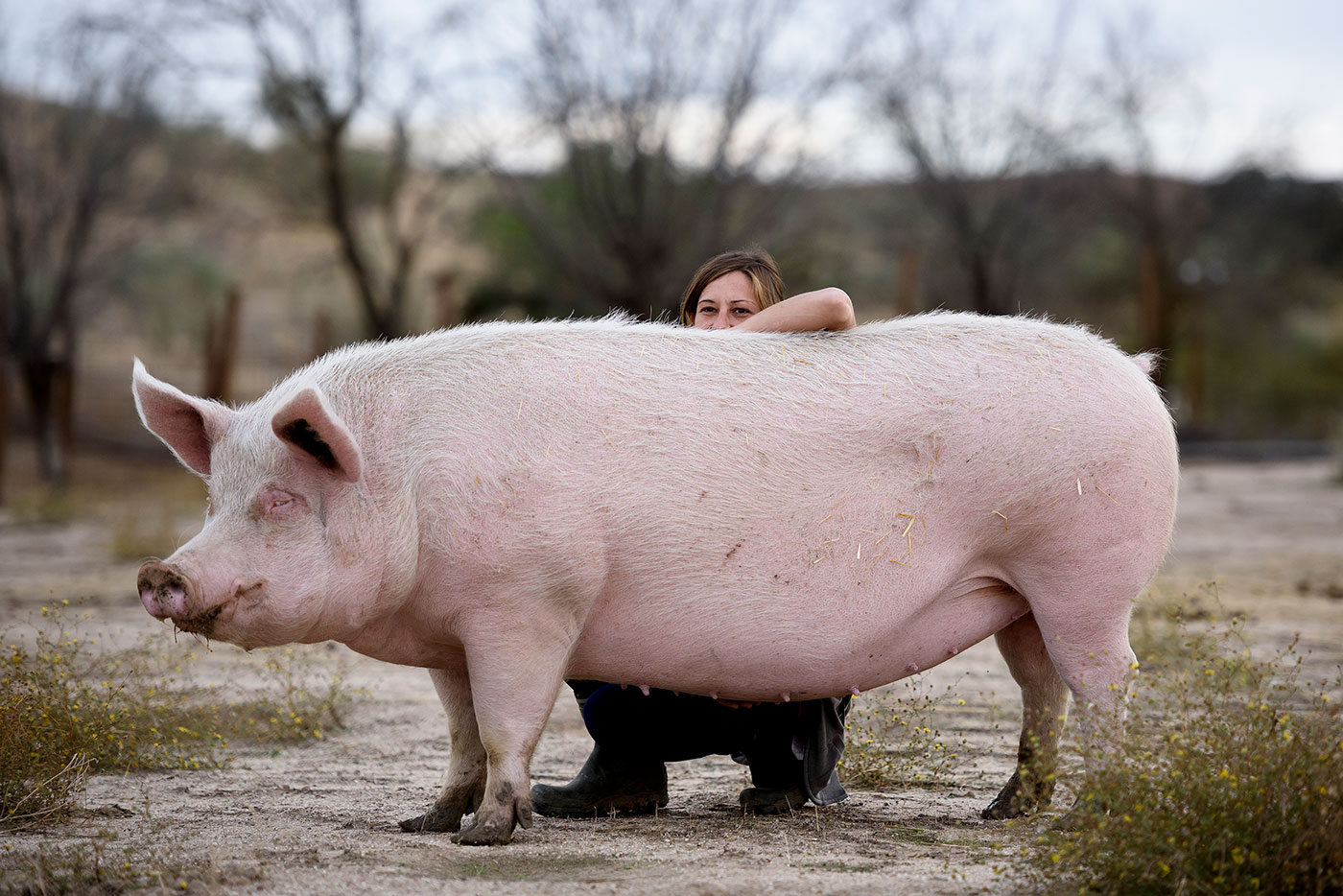

Not counting fish, which are counted in tons, fifty-six billion animals are forced each year to produce meat, milk and eggs. Cows, pigs, chickens, turkeys, donkeys, horses, rabbits and other animals are condemned to a programmed life of violence and submission.
In opposition to this injustice, a small —but very committed— group of human beings, is fighting to demand its end by spreading a message of liberation. Sanctuaries emerge in the midst of this scene of confrontation, awareness and political and social agitation, as places of refuge for animals that are victims of the livestock industry, that offer them a life free from all oppression.
At Wings of Heart Sanctuary, Edu and Laura, with the support of a group of regular volunteers, give shelter to more than three hundred animals that are victims of the livestock industry. Each of them has suffered the harsh regime of livestock farming and drag a history of abuse, neglect and brutality. Here they are released, protected and given back the life that was stolen from them.
Many of these images have been published in the book «Refugiados, animales liberados de granjas, mataderos y otros centros de opresión» edited by Ochodoscuatro ediciones. That book contains photographs taken in the sanctuary and reflections about animal liberation which seek to put forward a strong plea against discrimination and oppression suffered by non-human animals.
The texts that come with some of the photos as well as those that are inserted are part of the book.
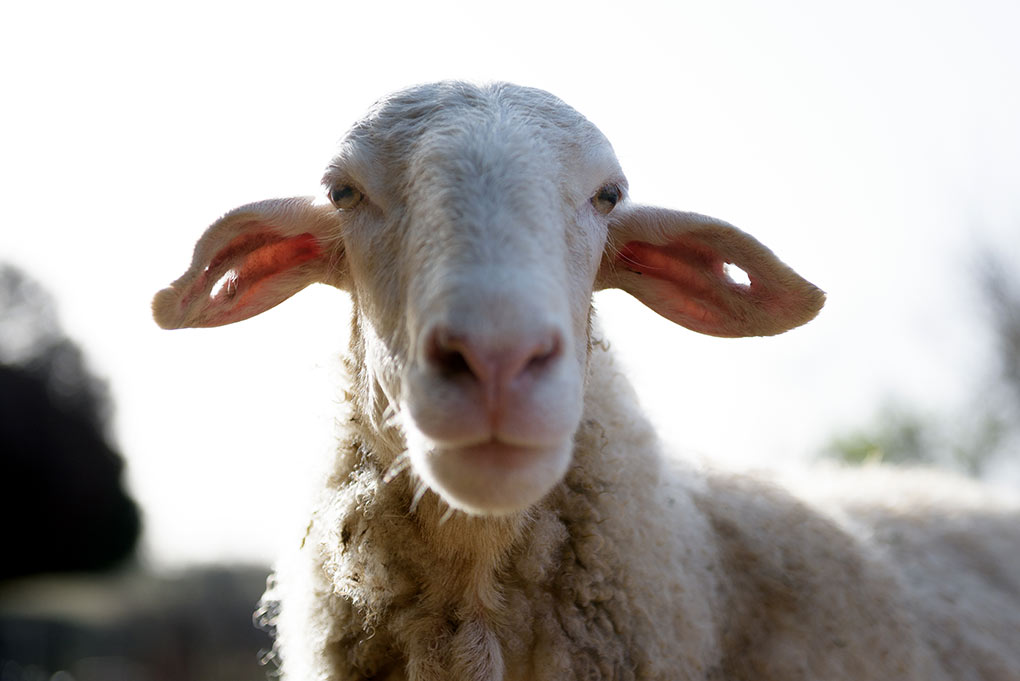
Sanctuaries are places where animals are released from a life of slavery. / Photo: in the ears of Yoko —a liberated sheep— there will always remain signs of the times when it was exploited.
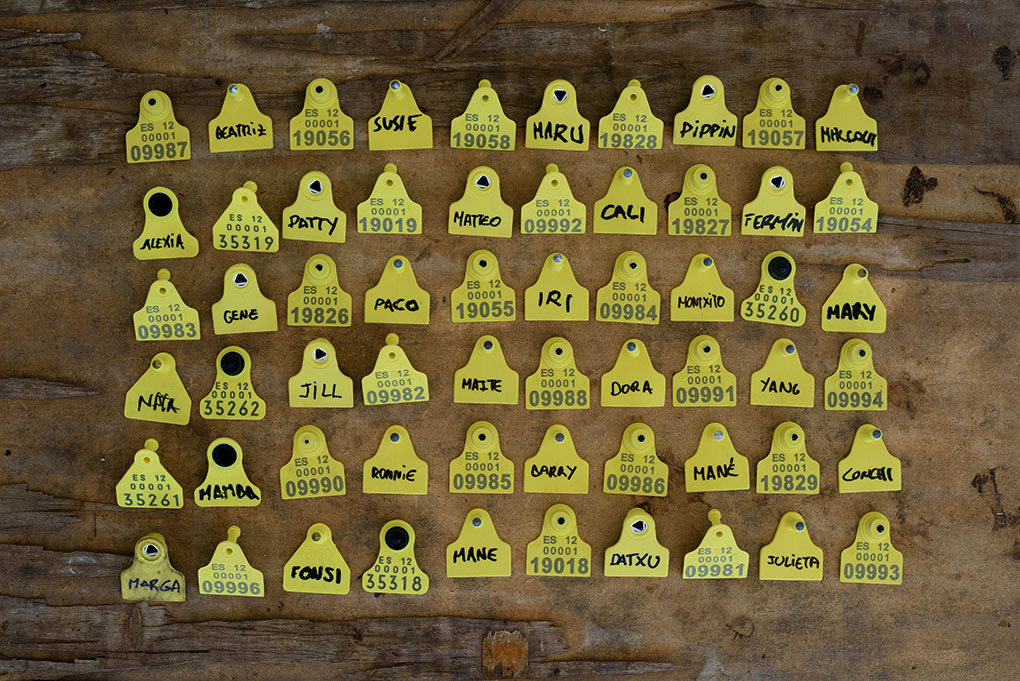
Identification tags fitted to the ears of animals released by the Wings of Heart Sanctuary.
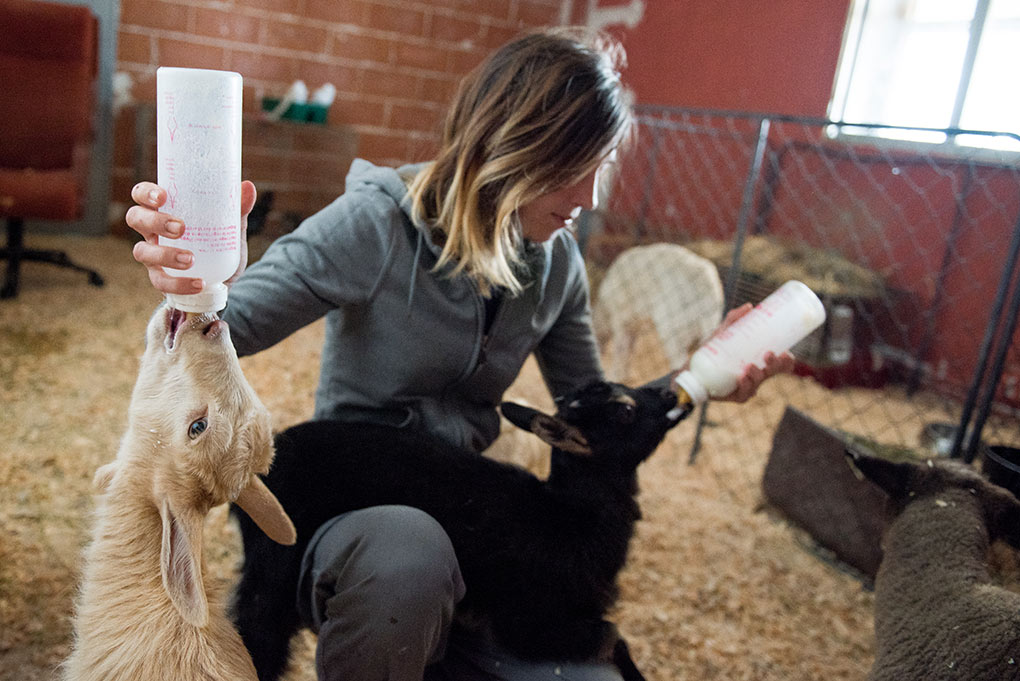
Laura feeds little Lluvia and Aire, in the early morning.
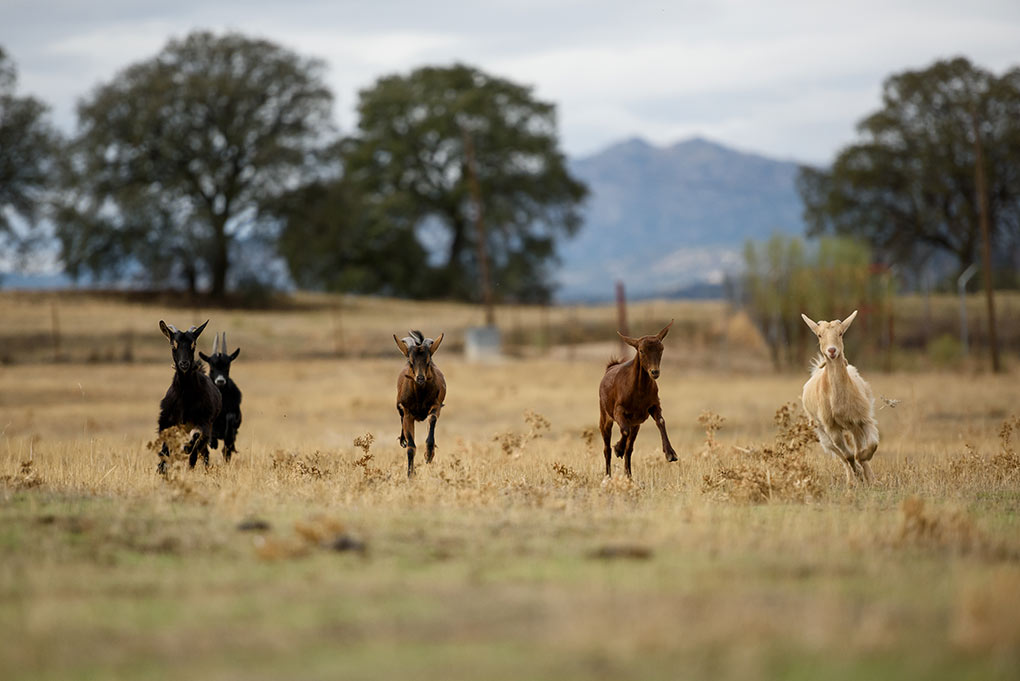
Aire, Albertito, Pepe, Margarita and Lluvia. Five goats, that have been released, enjoying themselves at the Sanctuary.
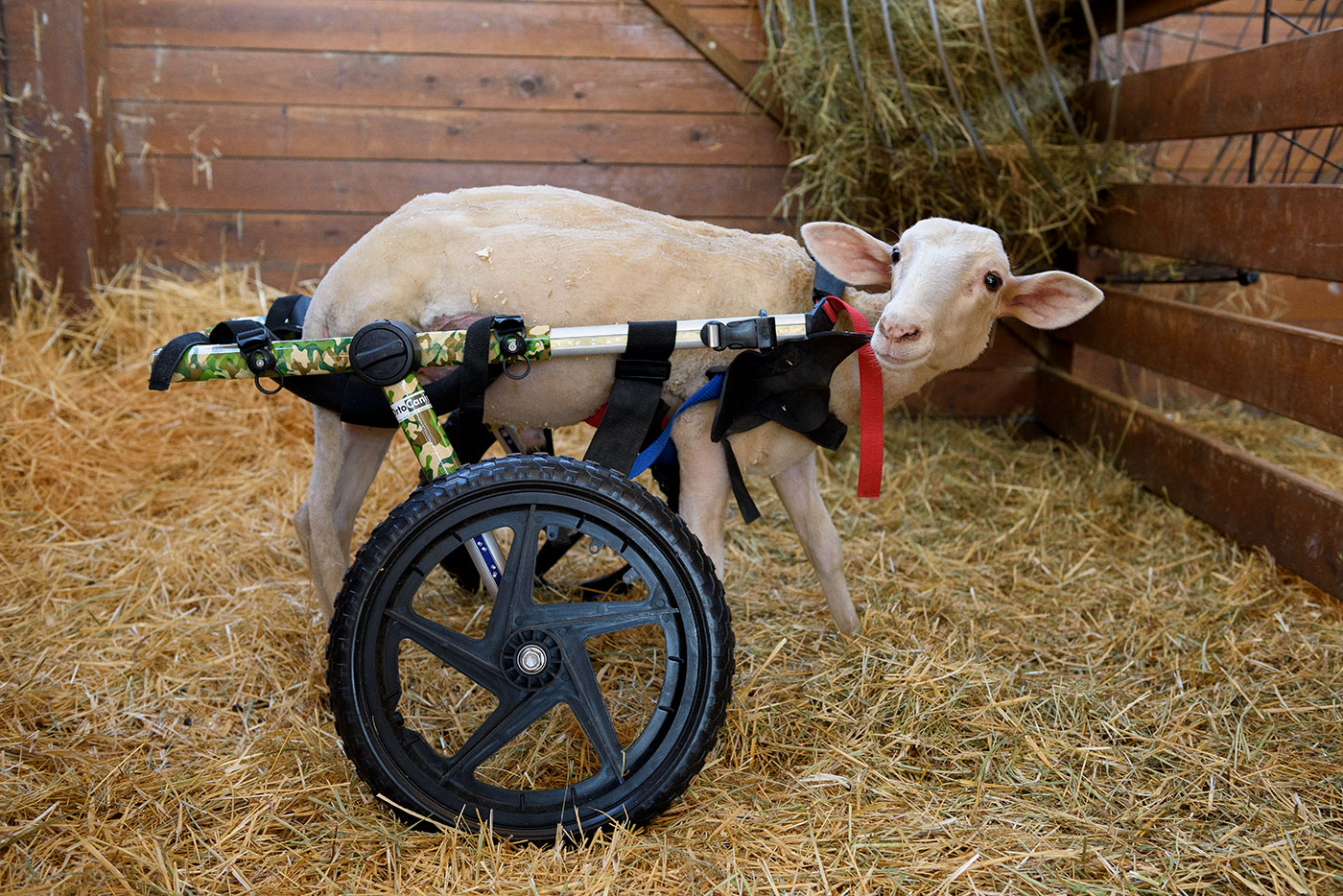
Pablito's hind leg - a liberated lamb - was amputated as the result of an infection caused at the farm where he was exploited. At the Sanctuary, besides giving him veterinary treatment, they have also provided him with a 'wheelchair' so that he can move better.
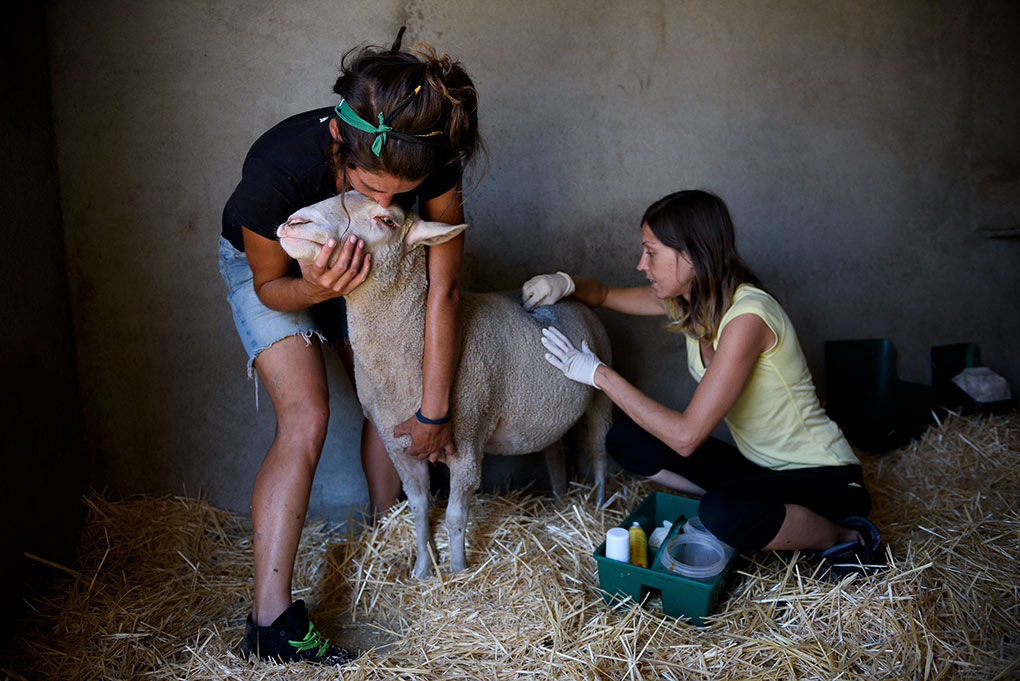
Sonia and Laura treat Maru for an infection.
Sergio was a lamb that was removed from the farrowing crate where his mother was and, without an iota of compassion, was abandoned to die. The state of health with which he was born affected the profitability he would bring in and it didn’t compensate to keep him alive. His cry led Edu and Laura, who were looking for other lambs abandoned in that area, to find him. He was found in a state of hypothermia because he had been denied access to colostrum (the «first milk» produced by the sheep after giving birth). Not ingesting the nutrients contained in the colostrum during the first hours of life is a very common cause of death in lambs and this fact marked Sergio forever.
The visits to the veterinary hospital became routine and despite the lack of improvement, Edu and Laura —the people responsible for developing the Wings of Heart Sanctuary— continued with the hope, just as you battle for a sick friend or family member, and went ahead with the treatment. Unfortunately the circumstances in the first hours of his life decided his fate and he died during one of his relapses.
Genetic engineering, the metabolic bleeding they suffer, or the diseases to which they are exposed on farms and in breeding centers condemn all of these animals for life and many fail to survive despite all the efforts that are made to help them. The industry does not lose out.
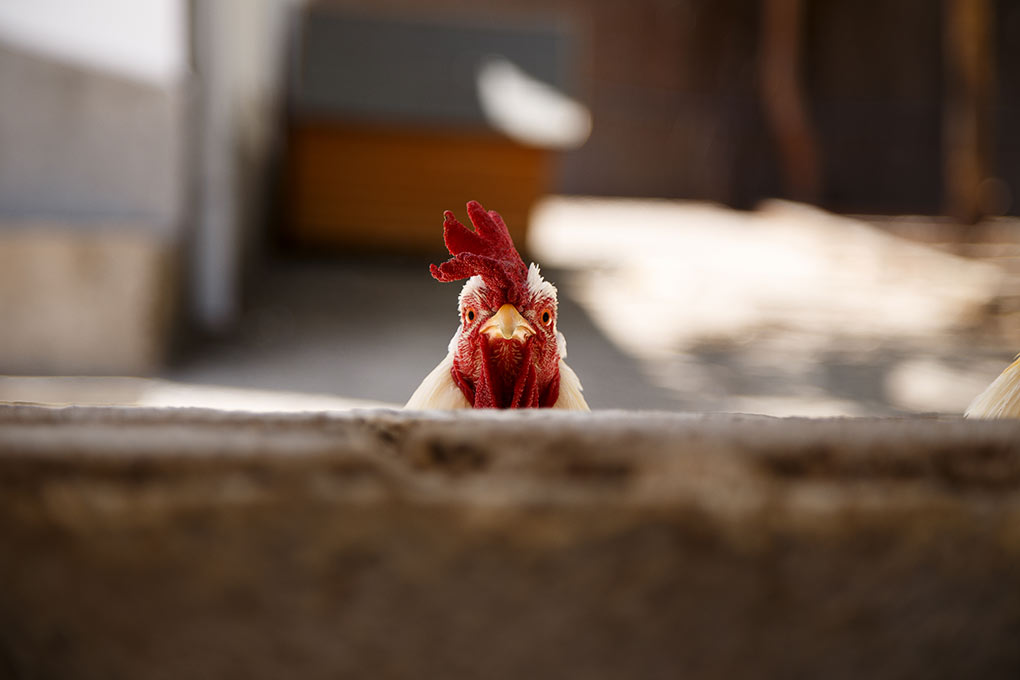
In the industry broiler chickens are killed at 45 days old. The vast majority of the chickens have managed to overcome the health problems with which they arrived and many have been there for many years.
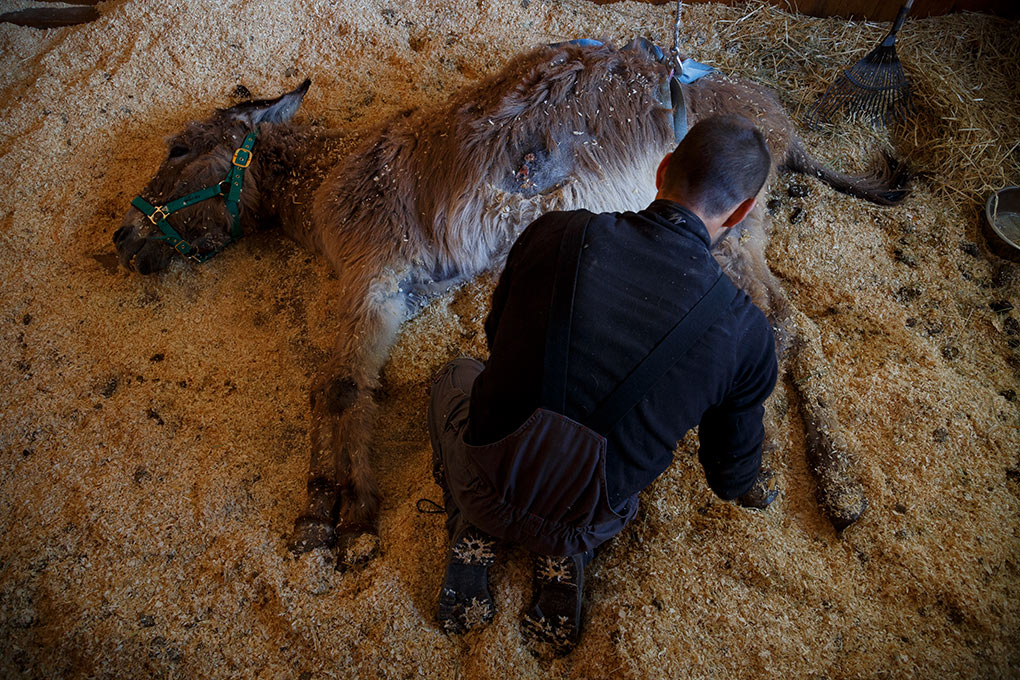
Luna was a donkey that was used for carrying loads for a long time and this caused a problem in her pelvis. Although she could stand up, she could not get up on her own and Edu lifted her every morning with the help of a pulley.
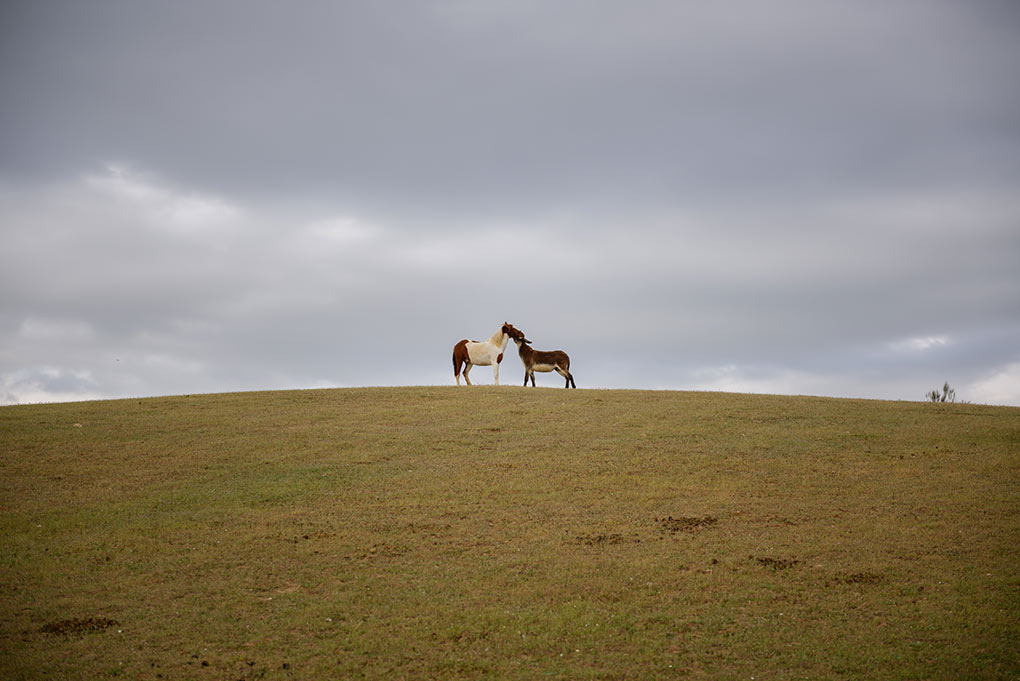
Haize is a horse that watched his mother die while her legs were tied. His destiny was the slaughterhouse. Martin belongs to a family of donkeys that were rescued by some neighbors of the man who mistreated them and kept them in conditions of slavery.
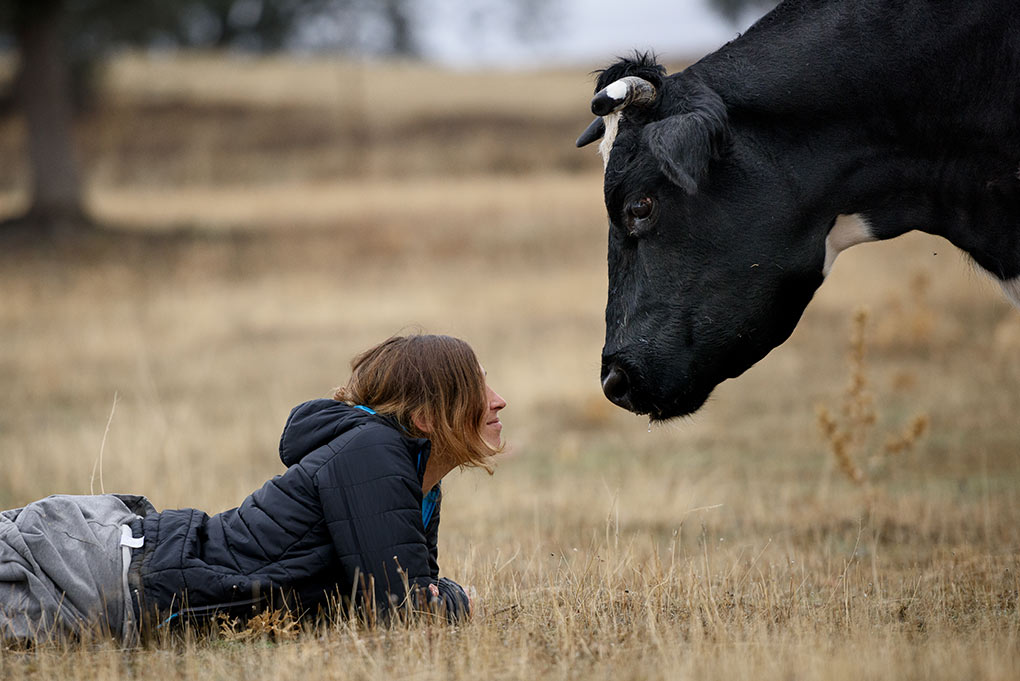
People who care for the animals at the sanctuaries end up forming very deep relationships with them. Photo: Laura and Carmen.
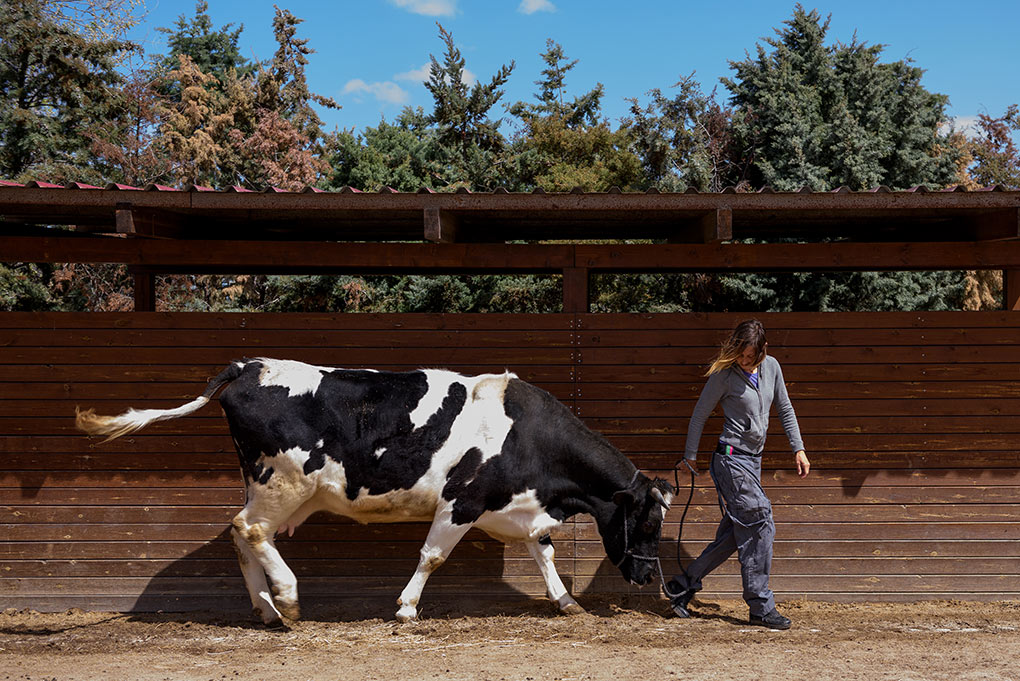
Laura takes Carmen for a walk.
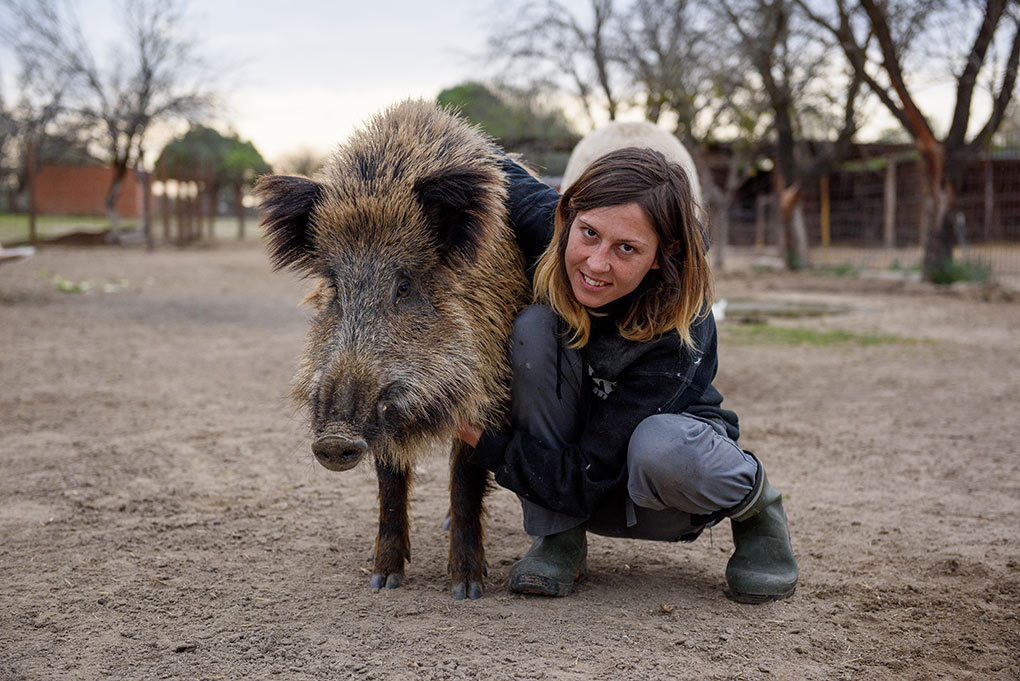
Doc is a wild boar who watched his mother die at the hands of hunters. His destiny was to end up devoured in some training exercise for hunting dogs but this changed when someone did everything possible to rescue him and contacted the sanctuary to seek refuge for him.
MÁS INFORMACIÓN SOBRE EL LIBRO
All proceeds from its sale are used for the Wings of Heart Sanctuary
You can find more information about the book in this link.